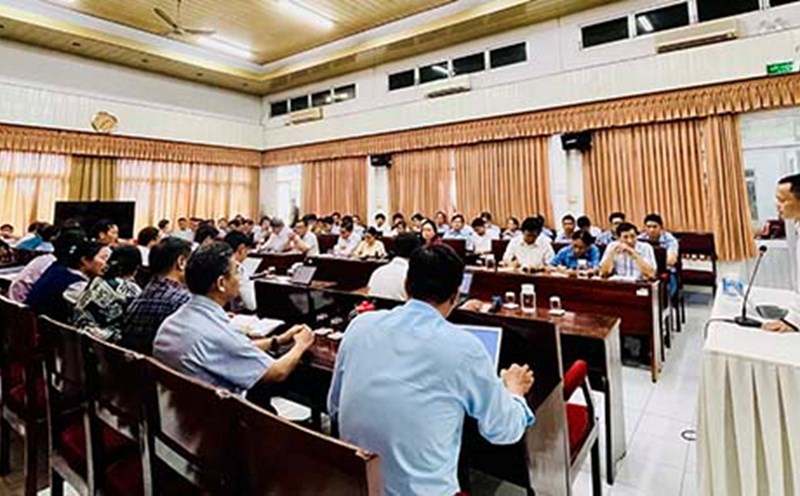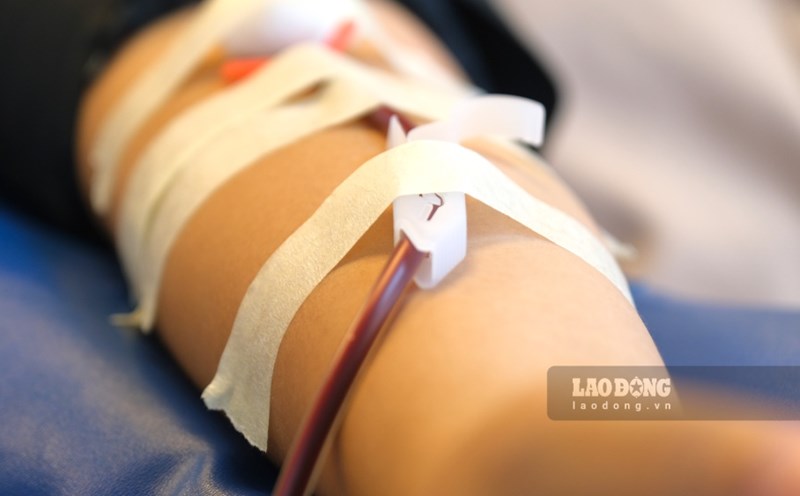On August 13, Hoan My Cuu Long Hospital announced that a 59-year-old male patient in Can Tho had a heart attack of up to 15 seconds - a life-threatening situation that was saved thanks to timely intervention by the technique of creating a left branch beat. This is an advanced rhythm creation method, helping to restore the almost natural electrophysical activity of the heart, bringing outstanding efficiency in preventing heart failure.
According to the hospital, Mr. H (59 years old, Can Tho City) suddenly fainted at home and was taken to the hospital in critical condition. It is known that before, he often had dizziness, dizziness, and threats of fainting, especially when trying.

Through in-depth examination and assessment, doctors determined that the patient had syndrome of phenylodendroblastocaring with highly peripheral blockage - a type of arrhythmia that causes the heart to beat slowly, very dangerous with high the possibility of sudden death.
Faced with the patient's critical condition, the team of doctors from the Department of Cardiology - Endovascular Intervention of Hoan My Cuu Long Hospital has prescribed the technique of placing a permanent heart rate machine according to the new method - creating a left branch heart rate, under the guidance of the cardiopulmonary electrocardiogram system and the two-phase digital axis digital scan system (DSA) with modern equalizers. This is a leading advanced technique in the field of heart rate generation today, helping the heart work synchronously and close to natural physiological rhythms.
After the intervention, the patient recovered quickly, no longer felt dizzy or lightheaded as before, ate and lived normally and was discharged after 5 days of inpatient treatment and follow-up examination according to the doctor's schedule.
ThS.BS. Ngo Hung Quang Minh - Department of Cardiology - Endovascular Intervention, the doctor directly treating the patient, said that normally, the heart of a healthy person beats thanks to the pulse from the heartbeat with a frequency of about 6090 times/minute. In this patient's case, Holter ECG results (a device that continuously monitors heart rate for 24 hours) recorded times when the heart rate was less than 40 times/minute, and especially a cardiac arrest lasting up to 15 seconds.
15-second cardiac arrest is an extremely dangerous condition because during that time the heart does not pump blood at all, causing blood not to be taken to the brain and vital organs, easily leading to loss of consciousness, cardiac arrest, and even sudden death if not given timely emergency care.
Combined with Holter ECG, doctors used a physiological electrocardiogram system - a technique of surveying inner-city electrical signals to accurately determine the abnormal location in the transmission system, thereby providing appropriate and effective treatment directions.
Dr. CKII. Nguyen Huu Thai - Head of the Department of Cardiovascular Internal Medicine - Endovascular Intervention informed that currently, there are many methods of heart rhythm generation applied depending on each clinical condition of the patient. In particular, the technique of creating left-wing beams is a method that is receiving attention. This technique helps directly stimulate the heart's natural transmission system, thereby maintaining more synchronous contractility, almost similar to a normal physiological rhythm.
Setting the heart rate in the right physiological location helps increase the effectiveness of blood pumping, stabilize blood flow and may help reduce the risk of progressive heart failure in some groups of people. The left-broken heart rate generation technique is currently being implemented in major cardiovascular centers around the world, such as the US, Japan, Korea... and shows positive clinical effectiveness in improving the quality of life for patients with the indication of a heart rate machine", added the Head of the Department of Cardiovascular Internal Medicine - Endovascular Intervention.










